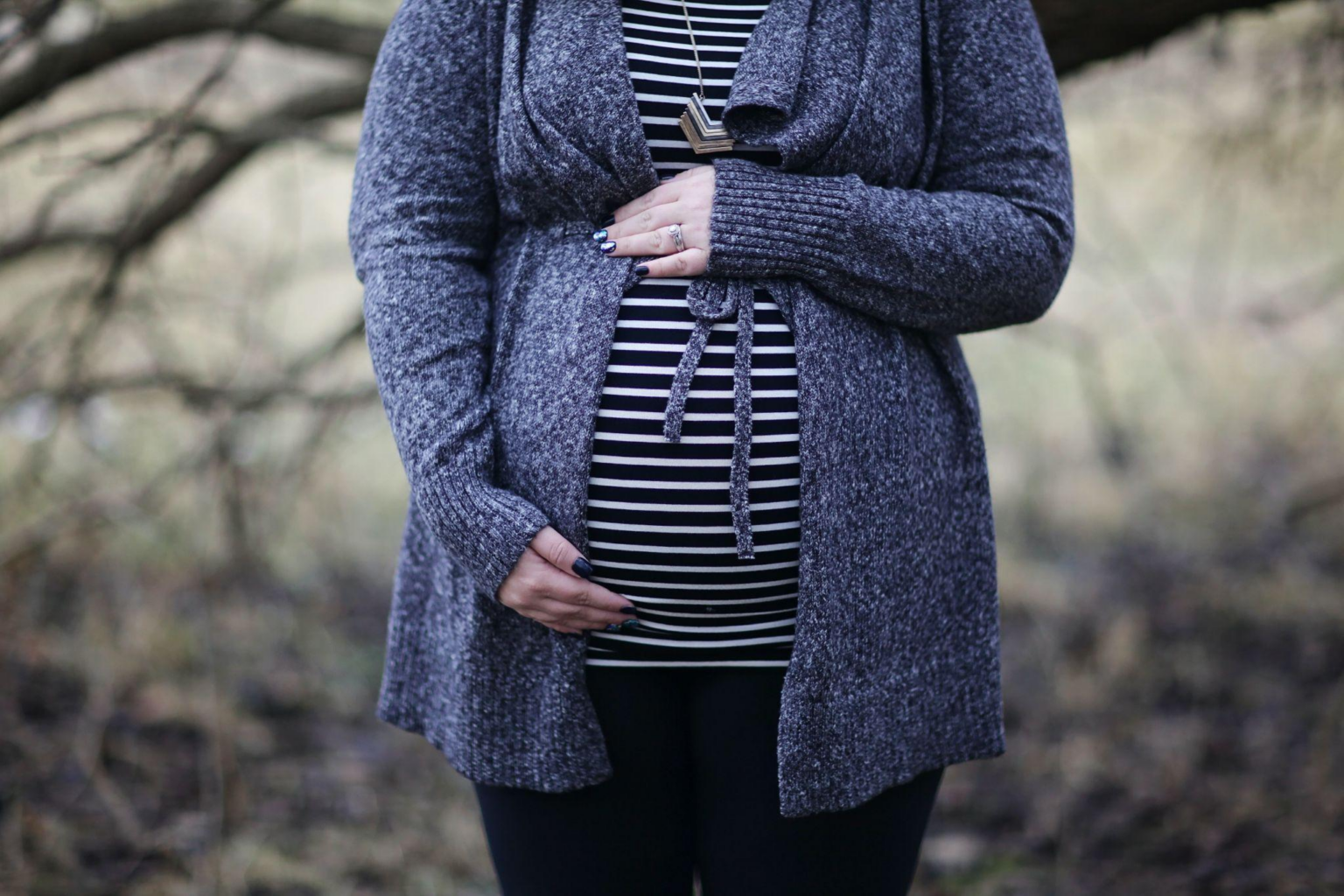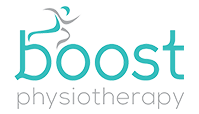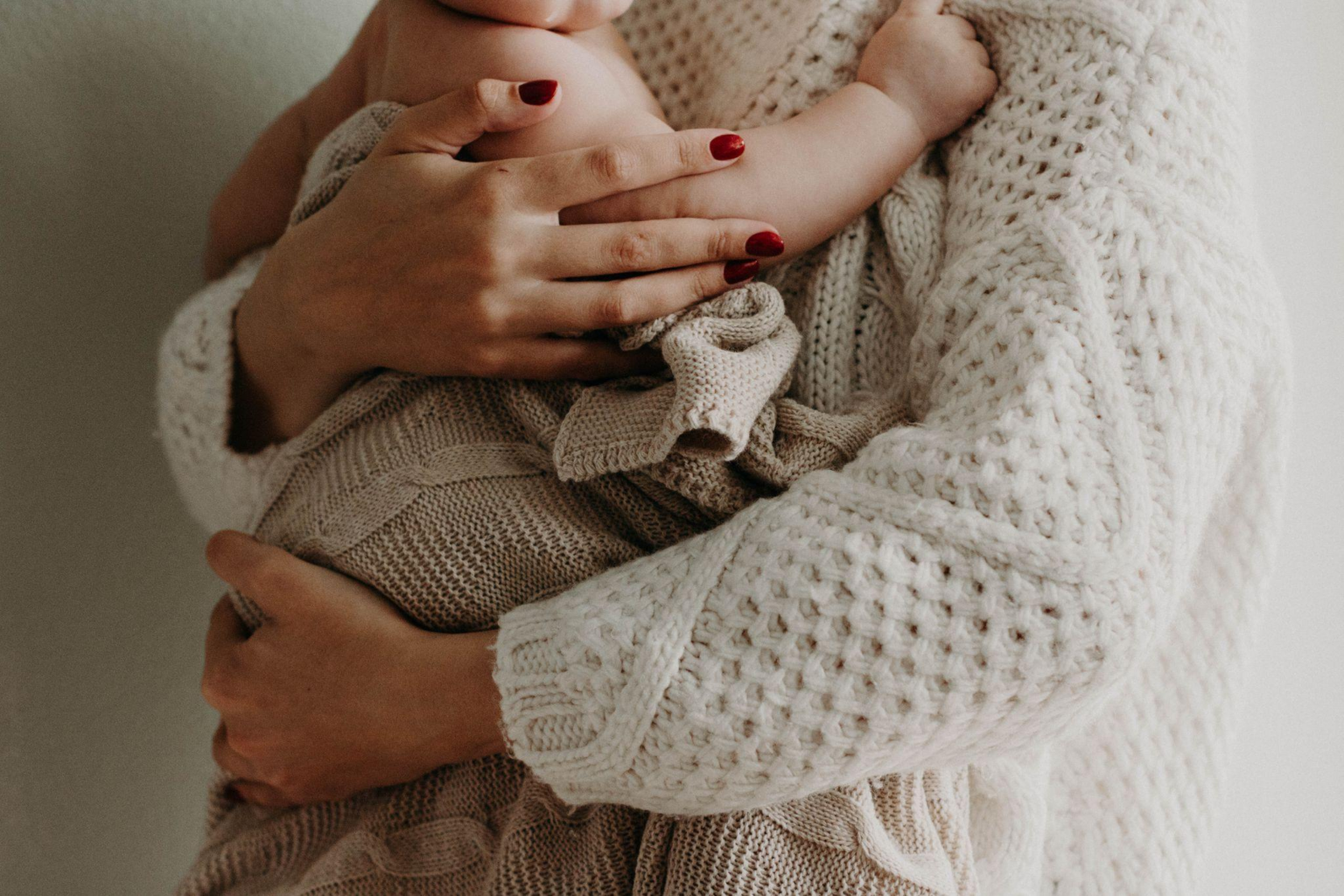
Everything You Need to Know About Acupuncture Treatment
Childbirth changes your body. If you’ve ever had a baby, you know what we’re talking about. After pregnancy and childbirth, you stop looking the same, and you don’t feel the same either. And it can be hard to have your body get back to ‘normal’. However, these changes are not always lasting and not always bad. You can get some sense of normalcy back, and things can be back ‘in place’ if you get physiotherapy. Many postpartum issues like pelvic-perineal dysfunctions can be resolved if you see a physiotherapist for pelvic floor physiotherapy. In this guide, we’ll talk about postpartum, pelvic health care, and physiotherapy for postpartum issues.Postpartum and Postpartum Difficulties
It’s important to take care of postpartum pelvic health as its symptoms start showing immediately after your child is born. Pelvic floor dysfunction has an impact on a person’s quality of life and health. In many countries including France, consulting a pelvic physiotherapist for post-partum issues is a common practice, and it is covered in the country’s healthcare plan provided by the government. Postpartum is the period after childbirth when the baby has been delivered. For most people, this period is accompanied by a lot of issues like feeling discomfort, pain, displeasure, depression, and anxiety. During the nine months of carrying a child, the body experiences many significant changes. Pregnancy is not the easiest thing in the world, and difficulties arise during and after pregnancy. Postpartum recovery is also accompanied by difficulties like:- Back pain
- Poor posture
- Separated abdominal muscles
- Urinating frequently
- Neck and shoulder pain due to breastfeeding
 Pelvic floor dysfunction is also a result of postpartum difficulties. However, pelvic floor physiotherapy can help relieve pain and address many postpartum issues.
Pelvic floor dysfunction is also a result of postpartum difficulties. However, pelvic floor physiotherapy can help relieve pain and address many postpartum issues.
Pelvic Floor Issues after Childbirth
The vaginal delivery causes many postpartum issues near the pelvic organ, like urinary issues and pelvic floor dysfunction. There can also be a lack of control on your stool. Urinary incontinence and pelvic organ prolapse are the most significant negative outcomes of childbirth. Vaginal delivery is linked to a high rate of postpartum urinary issues, as well as a lack of control on flatulence and stool. This is a bothersome problem that can cause discomfort. Pelvic muscles and surrounding muscles and tissues also become weak during pregnancy and after childbirth. Pelvic dysfunction is one of the most common diseases that can occur after pregnancy and following childbirth. 20% of mothers experience pelvic floor issues after their pregnancy period.Common Symptoms
Some common symptoms occur when your pelvic floor muscles are not functioning properly. Following are these symptoms:- Frequently urinating or difficulty in emptying the bladder
- Urine leaking when you sneeze, cough, run or do any exercise where sudden movement is involved–known as stress incontinence
- Sexual dysfunction or pain during attempting sexual intercourse
- Pelvic organ prolapse
- Pain in the neck, back, abdomen, pelvis, tailbone, or lower back
- Difficulty exercising
- Abdominal bulging
- Bowel issues
Treatments for Postpartum Problems
Manual Therapy When you consult a physiotherapist, they will often recommend manual therapy as part of your postpartum physiotherapy plan. Whether you have pelvic floor issues or normal postpartum problems that are common in most people after childbirth, manual therapy is used to alleviate pain and reduce swelling in specific parts of the body. It helps with lower back and hip pain, which is very common in pregnancy. Manual therapy also helps in increasing blood flow and improving blood circulation. This also improves the breastfeeding process and makes it easier. Pelvic Floor Exercises Pelvic floor exercises help the pelvic floor and its surrounding muscles as they have to handle a lot of extra weight when the person is carrying a child. Hormones released during pregnancy also help the pelvic floor muscles relax to allow easy vaginal childbirth. After the pregnancy, these muscles become weak and stretched out. As a result, there is now reduced control over bladder and bowel and urinary incontinence. Physiotherapists curate physiotherapy plans and treatment programs for women who have just given birth. These programs help them recover their physical health, regain control, and improve their strength to prevent any injuries or pain. Pelvic floor physiotherapy programs also help new moms regain their bladder control and control over other bodily functions. Acupuncture
Acupuncture and dry needling both are physiotherapy treatments that help with healing and recovery. These procedures can be used to recover after pregnancy as they boost circulation, help relax the muscles, and relieve pain.
However, for the best results, this treatment should be done in combination with other treatments like strengthening exercises. Your physiotherapist can guide you better, depending on your body’s needs and strength.
If you want to consult trained physiotherapists in Edmonton, we have the best physiotherapists available at our women-led clinic, who take their time to understand the new moms and their postpartum difficulties. You can visit our Edmonton clinic for physiotherapy.
Our trained physiotherapists are available for any treatment, including massage therapy, vestibular therapy, shockwave therapy, acupuncture, and more. You can also book a physiotherapist appointment to know more about and explore various treatment options before selecting your mode of recovery.
Schedule a meeting with a physical therapist in Stony Plain or Edmonton today at our Physiotherapy clinic. You can also book a physiotherapy session online.
Acupuncture
Acupuncture and dry needling both are physiotherapy treatments that help with healing and recovery. These procedures can be used to recover after pregnancy as they boost circulation, help relax the muscles, and relieve pain.
However, for the best results, this treatment should be done in combination with other treatments like strengthening exercises. Your physiotherapist can guide you better, depending on your body’s needs and strength.
If you want to consult trained physiotherapists in Edmonton, we have the best physiotherapists available at our women-led clinic, who take their time to understand the new moms and their postpartum difficulties. You can visit our Edmonton clinic for physiotherapy.
Our trained physiotherapists are available for any treatment, including massage therapy, vestibular therapy, shockwave therapy, acupuncture, and more. You can also book a physiotherapist appointment to know more about and explore various treatment options before selecting your mode of recovery.
Schedule a meeting with a physical therapist in Stony Plain or Edmonton today at our Physiotherapy clinic. You can also book a physiotherapy session online. BY: boostptepadmin
Acupuncture, pelvic floor physiotherapy, Physiotherapist, postpartumj treatments
COMMENTS: No Comments

